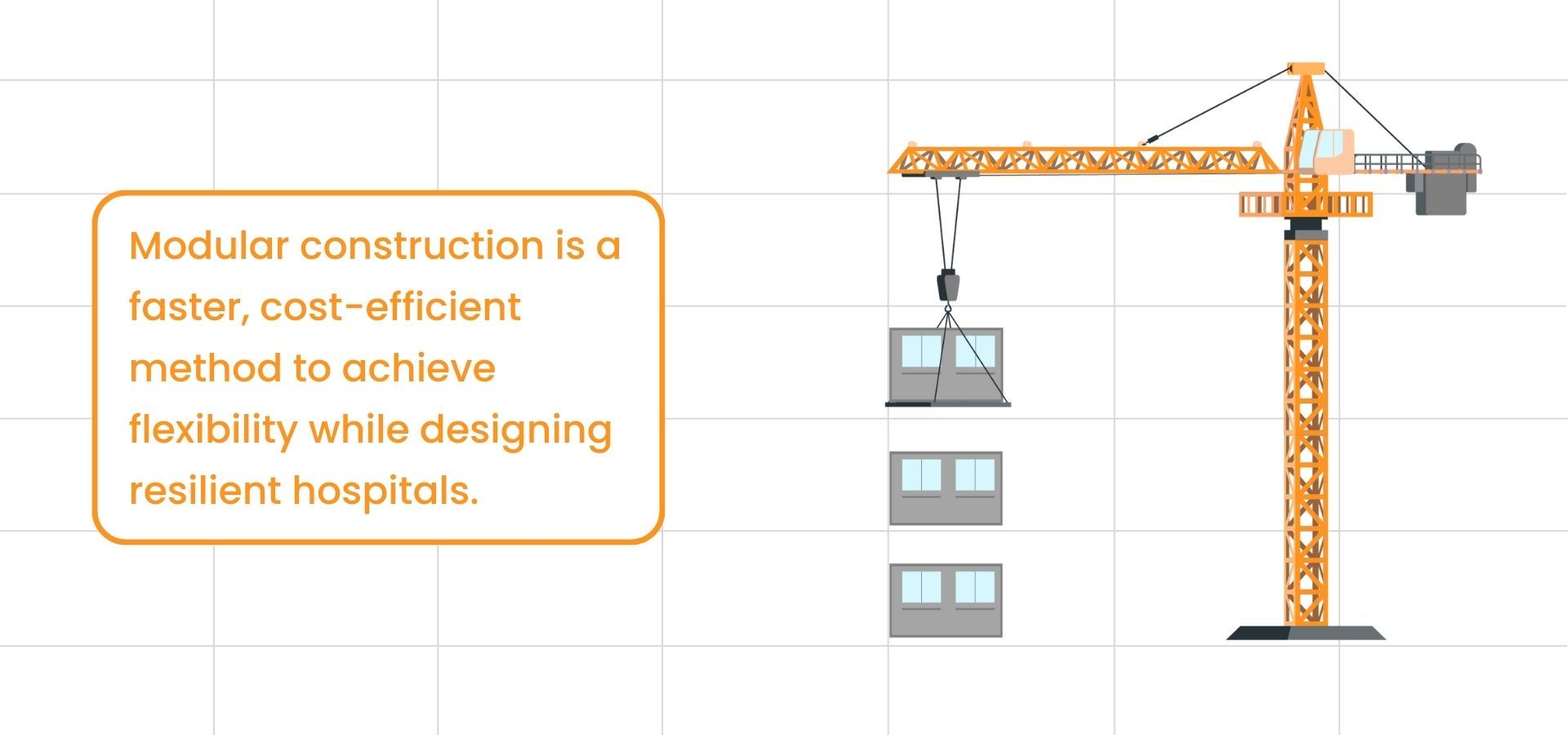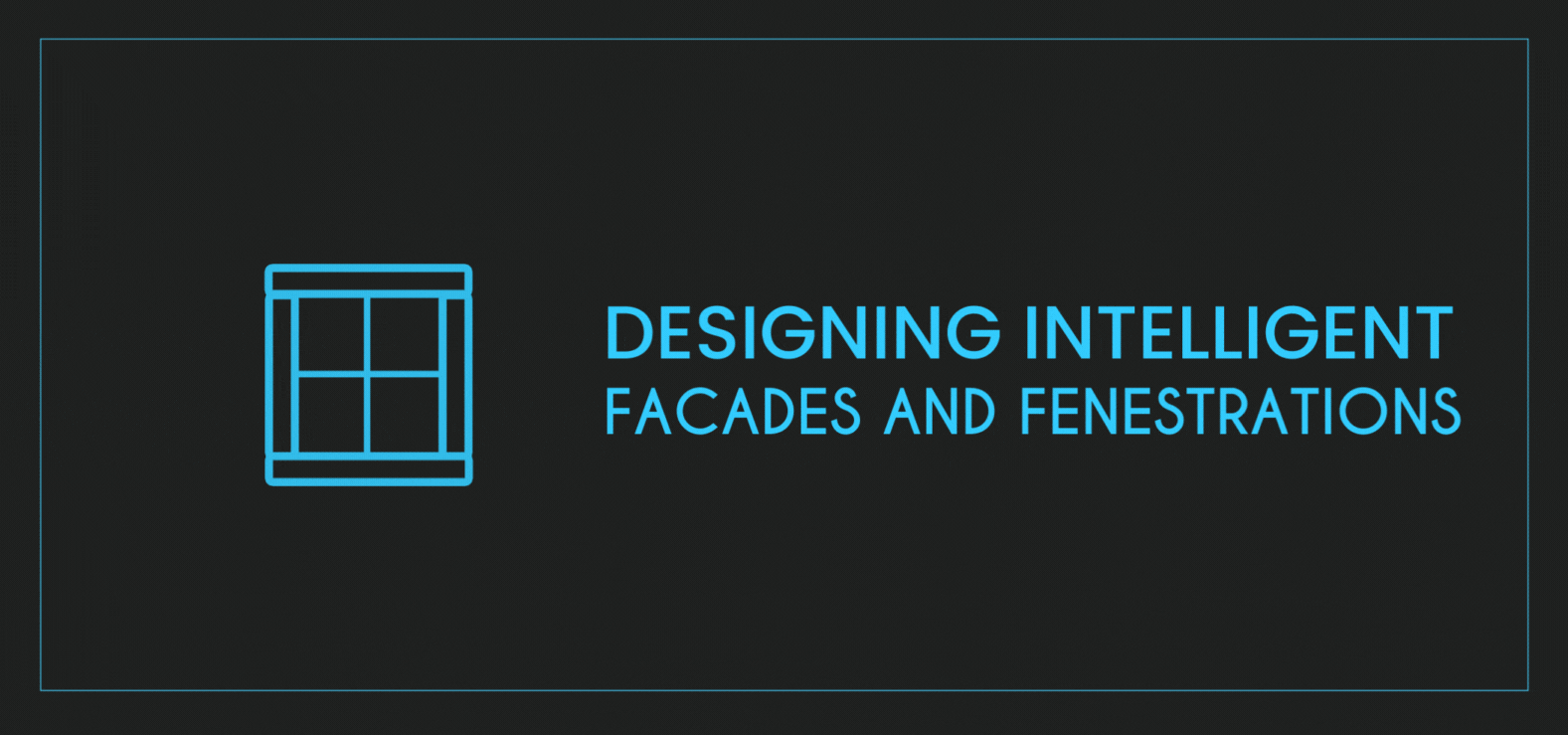04-04-2023
Modular Construction in Hospitals Ravideep Singh

Modular Construction in Hospitals
Evolving trends in construction and technology
Healthcare planners have adopted newer and more inventive construction approaches due to evolving healthcare design trends, needs, and demands. As a result, healthcare facilities are especially prone to continuous growth with very little chance of downtime. As compared to traditional construction techniques, modular construction has been shown to reduce downtime, increasing viability and efficiency significantly.
Advantages of Modular Construction in Healthcare
There are many advantages of modular construction over conventional methods like quality, cost, timelines, flexibility and environmental impact. Modular construction offers capital assurance since each component is fabricated off-site upfront; there is also higher cost predictability, more flexibility of disassembly and relocation for any alterations in future use. It has witnessed a reduction of up to 50% in energy use and over 90% in wastage of materials against traditional methods. Since the fabrication happens off-site in controlled conditions, there is less dust and moisture trapped in the facility – allowing for a better indoor environment and longevity of the material.
Additionally, due to the reduction of dust and moisture during building, this type of construction technology in hospital buildings can be advantageous, providing patients with a better, cleaner healing environment.
Applications of Modular Construction
There is significant progress in the process of modular volumetric construction and prefabrication. Each prefab category has advantages and applicability based on the project’s needs. Precast concrete block or ready mix concrete etc., are perhaps conducive steps towards a completely modular realm – a response to apparent reluctance and slow acceptance of the latter by the masses. As per studies conducted by KPMG and others, modular construction in healthcare has seen up to 30% savings in cost and up to 50% in timelines. It can be said that these are nascent figures with a very preliminary use of these technologies. Once these technologies are adopted universally, the savings should enhance further. Intuitively, modular construction perhaps makes the most sense for setting up an Alternate Care Facility (ACF), which is typically a mass emergency response infrastructure – similar to many setups during the COVID-19 outbreak. A sheer testament to the speed of setting up these was widely acknowledged at the time.
At CDA, the adoption of dry modular construction has witnessed about a 40% reduction in time and about 30% additional cost, which is primarily due to lesser Original Equipment Manufacturers (OEMs) for the technology at the moment. All industries have fairly embraced modularity and standardisation to achieve better efficiency and quality. In future, all replicable medical spaces, such as exam rooms, patient rooms, toilet pods, holding bays etc., will leverage the best modular construction. Even though adoption is slow at the moment, this will eventually bloom at a more significant level as we grapple with the scarcity of skilled human resources and operational margins. Modular construction puts forward a compelling proposition to these issues, primarily with faster timelines, quicker investment returns and visibility of finances.















